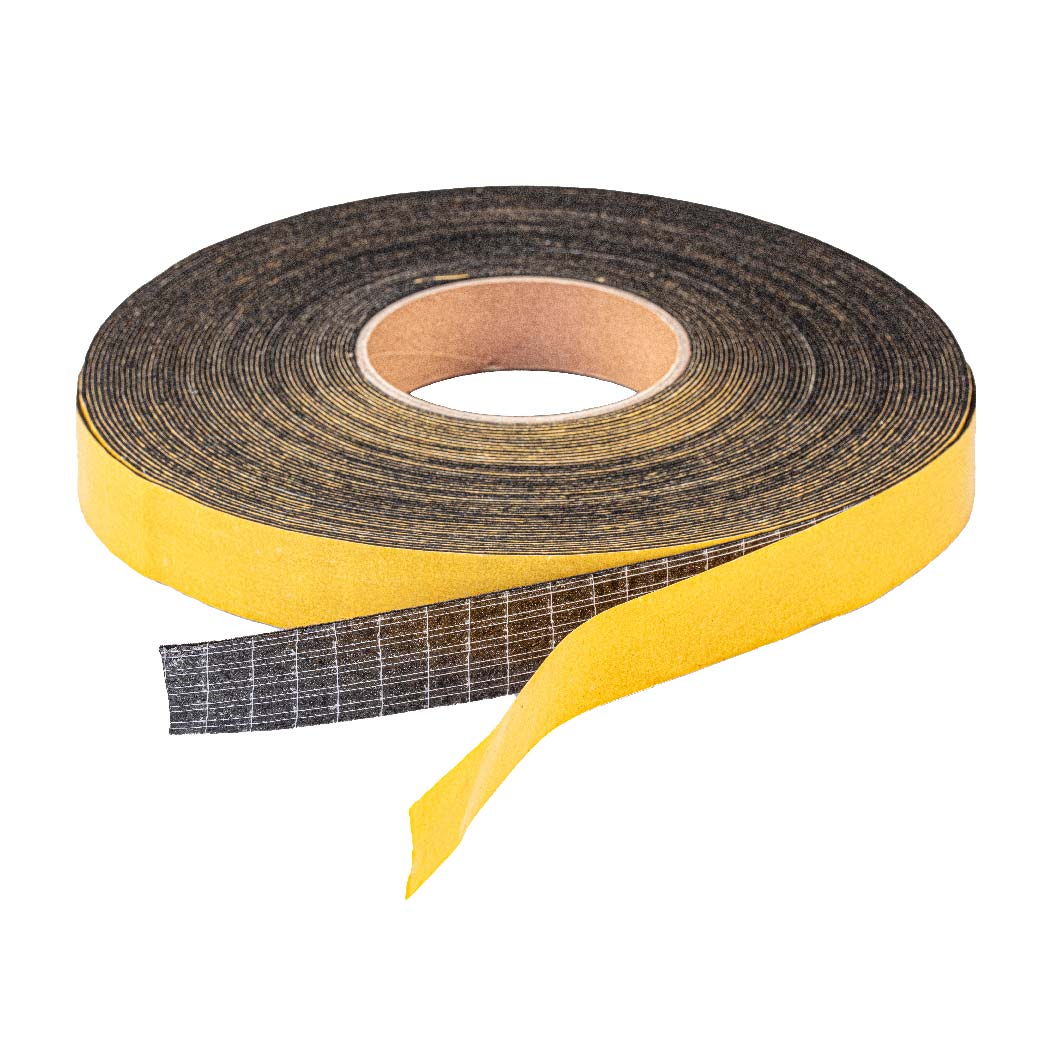Foam Tapes: The Ultimate Guide to Enhanced Sealing and Bonding
In today’s rapidly evolving industrial landscape, where precision and reliability are paramount, Foam Tapes have emerged as a revolutionary solution for a myriad of sealing and bonding applications. With their unique properties, foam tapes offer unparalleled advantages over traditional sealing methods. In this comprehensive guide, we delve into the world of foam tapes, exploring their composition, applications, benefits, and why they have become a game-changer across industries.
Table of Contents
Introduction
Composition and Structure of Foam Tapes
Versatile Applications
Benefits of Foam Tapes
Selecting the Right Foam Tape
Installation Techniques
Maintenance and Longevity
Why Foam Tapes Trump Traditional Sealing Methods
Innovative Trends in Foam Tape Technology
Conclusion
Introduction
Foam tapes, also known as foam adhesive tapes, are versatile adhesive products designed to provide exceptional bonding and sealing capabilities. Composed of various foam materials and adhesive backings, these tapes are engineered to cater to a wide range of industries and applications. Unlike traditional sealing methods, foam tapes offer a reliable and efficient solution that adapts to different surfaces and environmental conditions.

Composition and Structure of Foam Tapes
Foam tapes are engineered with a layered structure that contributes to their remarkable properties. The core foam material serves as the main component, providing cushioning, flexibility, and insulation. The adhesive backing, carefully selected based on the application’s requirements, ensures a strong and lasting bond. This two-layered structure allows foam tapes to conform to irregular surfaces, providing an airtight and watertight seal.
Versatile Applications
The applications of foam tapes span across diverse industries, including:
1. CONSTRUCTION AND ARCHITECTURE
Foam tapes are extensively used in the construction and architectural sectors for sealing gaps, preventing drafts, and providing thermal insulation. They are a preferred choice for window and door installations, effectively reducing energy consumption and enhancing indoor comfort.
2. AUTOMOTIVE INDUSTRY
In the automotive sector, foam tapes play a crucial role in attaching exterior trim, mounting emblems, and sealing body panels. Their ability to dampen vibrations and reduce noise makes them invaluable for ensuring a smooth and quiet ride.
3. ELECTRONICS AND APPLIANCES
Foam tapes are employed in electronics to secure components, dampen vibrations, and protect delicate parts from impact. They also find usage in appliances, contributing to the structural integrity and longevity of the products.
4. MEDICAL AND HEALTHCARE
In the medical field, foam tapes are utilized for wound dressings, medical device assembly, and securing equipment. Their hypoallergenic and breathable properties make them suitable for direct skin contact.
5. MANUFACTURING AND INDUSTRIAL PROCESSES
Foam tapes facilitate the assembly of industrial Foam Tapes equipment, providing cushioning, sound insulation, and vibration absorption. They are also effective in gasketing and sealing applications, ensuring leak-proof connections.
Benefits of Foam Tapes
The adoption of foam tapes brings forth a multitude of benefits, including:
1. SUPERIOR SEALING AND BONDING
Foam tapes offer exceptional sealing properties, creating a barrier against moisture, dust, and external contaminants. Their bonding strength ensures a secure and long-lasting attachment between surfaces.
2. FLEXIBILITY AND CONFORMITY
Thanks to their pliable nature, foam tapes readily conform to irregular shapes and surfaces. This adaptability guarantees a consistent seal, even in challenging conditions.
3. THERMAL AND ACOUSTIC INSULATION
Foam tapes contribute to thermal and acoustic insulation, enhancing energy efficiency and creating a quieter environment. This feature is particularly valuable in construction and automotive applications.